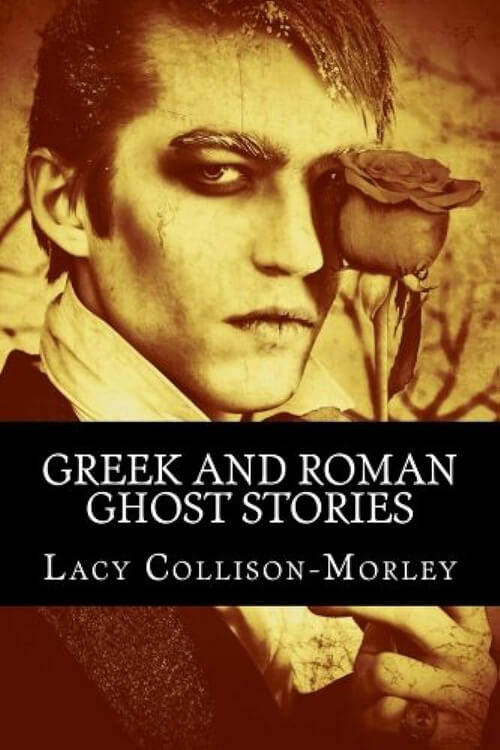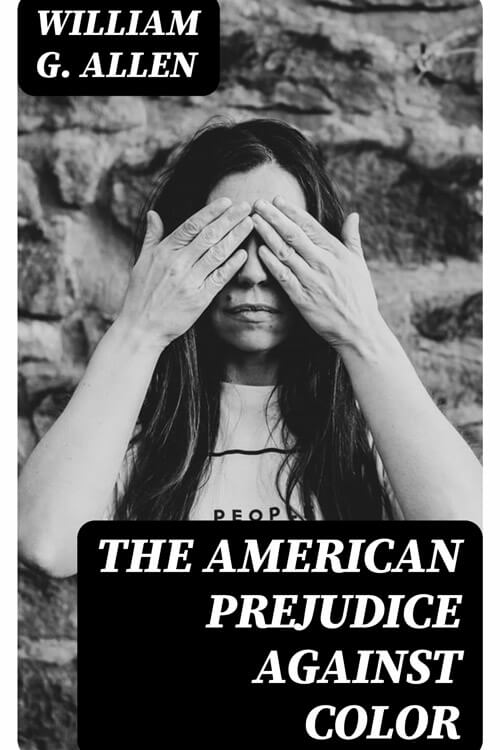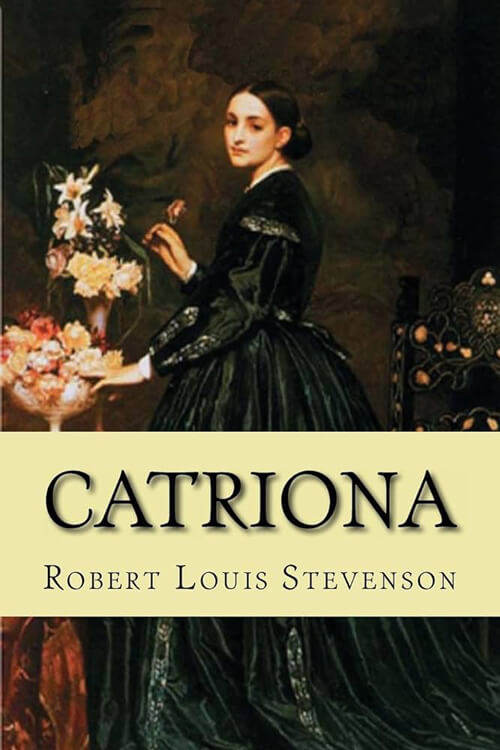
The American Prejudice Against Color
The American Prejudice Against Color” is an essential book to understand the racism and segregation in the United States during the 19th century. In 1853, William G. Allen, the “Coloured Professor” of Classics at New York Central College, became engaged to Mary King, a student at the coeducational, racially integrated school and daughter of a local white abolitionist minister.
Rumours of their marriage incited a mob of several hundred men armed with “tar, feathers, poles, and an empty barrel spiked with shingle nails.” Allen and King narrowly escaped with their lives, married in New York City, and then fled as fugitives to England and Ireland. Allen recorded their love story and courageous resistance in great detail in the booklet The American Prejudice Against Color.
Read or download Book
William G. Allen
William Gustavus Allen (c. 1820 – 1 May 1888) was an African-American academic, intellectual, and lecturer.
Biography
For a time, he co-edited The National Watchman, an abolitionist newspaper. While studying law in Boston, he lectured widely on abolition, equality, and integration. He was then appointed a professor of rhetoric and Greek at New York Central College, the second African-American college professor in the United States. (The first was his predecessor at Central College, Charles L. Reason.) He saw himself as an academic and intellectual. Frederick Douglass described him as “a gentleman, a scholar, and a Christian. He is an ornament to society.”
Meeting and falling in love with a white student, Mary King, the couple secretly married in 1853. This was one of the first legal marriages between a “coloured” man and a Caucasian woman to take place in the United States. They immediately left the country, never to return, because of the violent prejudice against their relationship. While he continued to lecture in England and Ireland for a time and wrote an autobiographical account including his marriage, which sold well, he and his family eventually fell into obscurity and near poverty.






